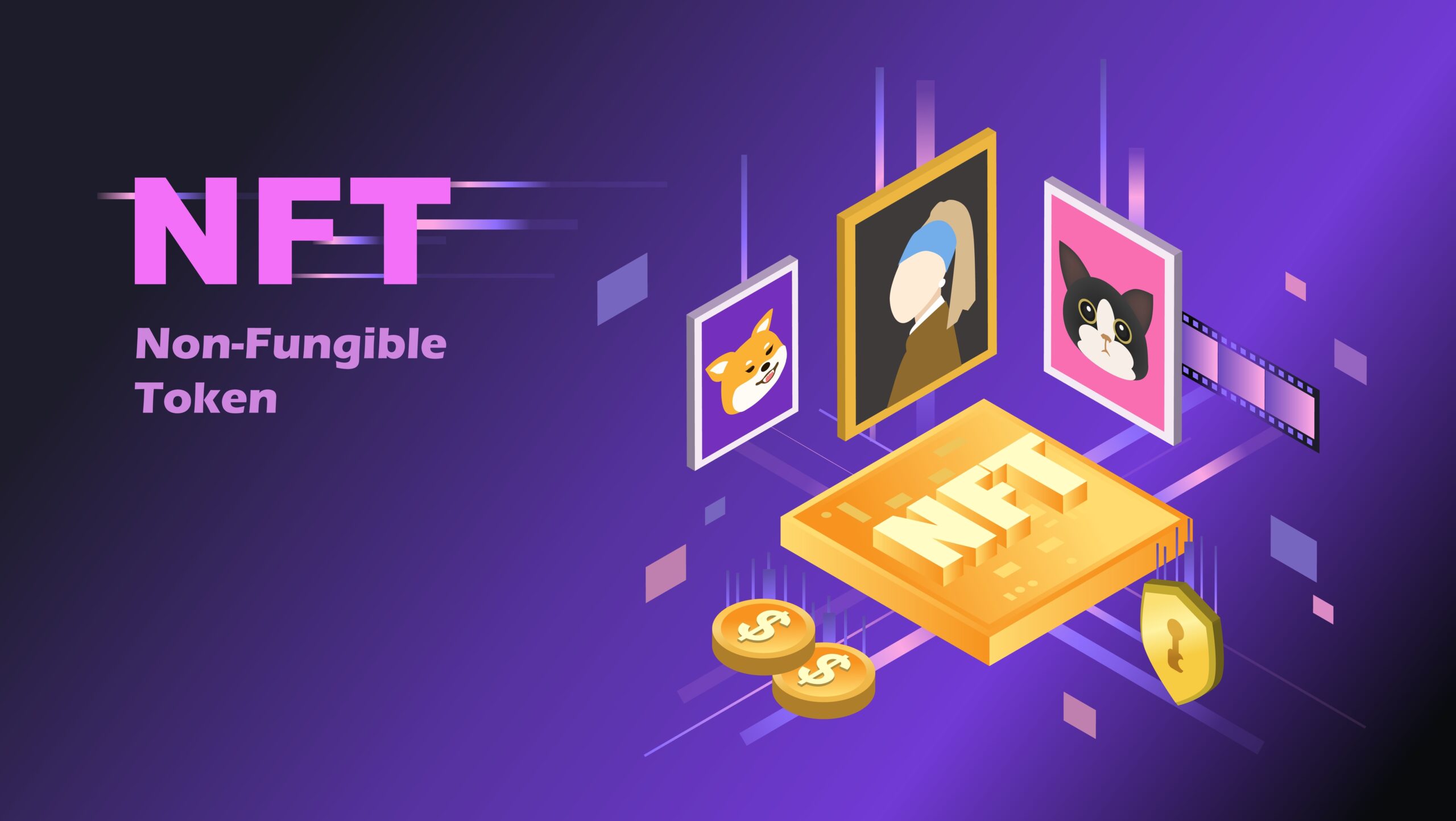In DeFi, we hear the term “yield farming” all the time, but what is yield farming exactly? The answer is both straightforward and complex. Yield farming is the process of putting your crypto in places where it can earn you more crypto passively. Yield farming can include but is not limited to staking, providing liquidity to an AMM, and lending tokens. In this post, we’ll cover three types of yield farming and the risks associated with them: providing liquidity to an AMM, borrowing and lending, and leveraged lending.
Types of Yield Farming:
Following are some of the types of yield farming you can start with right away:
Liquidity Providing to an AMM:
Crypto users can contribute their tokens to automated market makers (AMMs) like Uniswap and Sushiswap and earn a portion of their trading fees in exchange for contributing liquidity. The Uniswap market-making fee is 0.3% for most trading pairs.
If you provide $500 in ETH and $500 in DAI for a total of $1,000 in the ETH/DAI pool on Uniswap, and that amount accounts for 1% of the total pool on a day when the pair does $1 million in volume you would earn $30 in fees in just 24 hours.
The primary risk with providing liquidity to an AMM is a bug in the protocol’s smart contract. Users can purchase insurance through Nexus Mutual to cover smart contract risk. Other risks include impermanent loss and rug pull schemes. Rug pulls are a risk across crypto, but the risk of impermanent loss is exclusive to DeFi.
Impermanent loss occurs when the price of an asset, say ETH, provided to a liquidity pool increases in value to the point that you lose some of the tokens you provided. For example, you put one ETH and the equivalent value of DAI into a liquidity pool, and the price of ETH doubles, when you remove your tokens, you will take out less than one ETH. In some cases, it would have been more profitable to hold your ETH and DAI instead of contributing to the liquidity pool.
Borrowing and Lending:
Like earning interest in a bank account, providing liquidity to a lending protocol such as AAVE or Compound can produce yield. Most banks offer 1% yearly interest in savings accounts. On Compound, you can provide liquidity for nearly 8% interest. Adding to the supply side of lending protocols is the lending portion of lending and borrowing.
Borrowing involves taking out a loan for a token you believe will appreciate. You put $15,000 in ETH into a pool and receive $10,000 in DAI back (all loans in DeFi are overcollateralized, meaning you put up more in collateral than you receive from the loan). You now have $10,000 in DAI available to you and $15,000 in Ethereum sitting in a vault.
You will need to pay back the loan with interest eventually. Once your loan is paid back, you will be able to withdraw your Ethereum, which hopefully will have increased in value. Risks associated with lending and borrowing include impermanent loss, smart contract risk, and rug pulls.
Leveraged Lending:
Leveraged lending is the most complex strategy we’ll go over today. The process involves lending an asset, LINK for example, into a protocol like AAVE and borrowing stablecoins to purchase more LINK and lend those tokens. The process then repeats itself, lend LINK as collateral, borrow stables to purchase LINK, deposit LINK, and repeat.
After this process, you now have significantly more LINK earning interest in the lending protocol. Leveraged lending is the riskiest strategy mentioned in this post. Aside from the risks listed above, which also apply to leveraged lending, lenders can get liquidated if the price of LINK falls.





